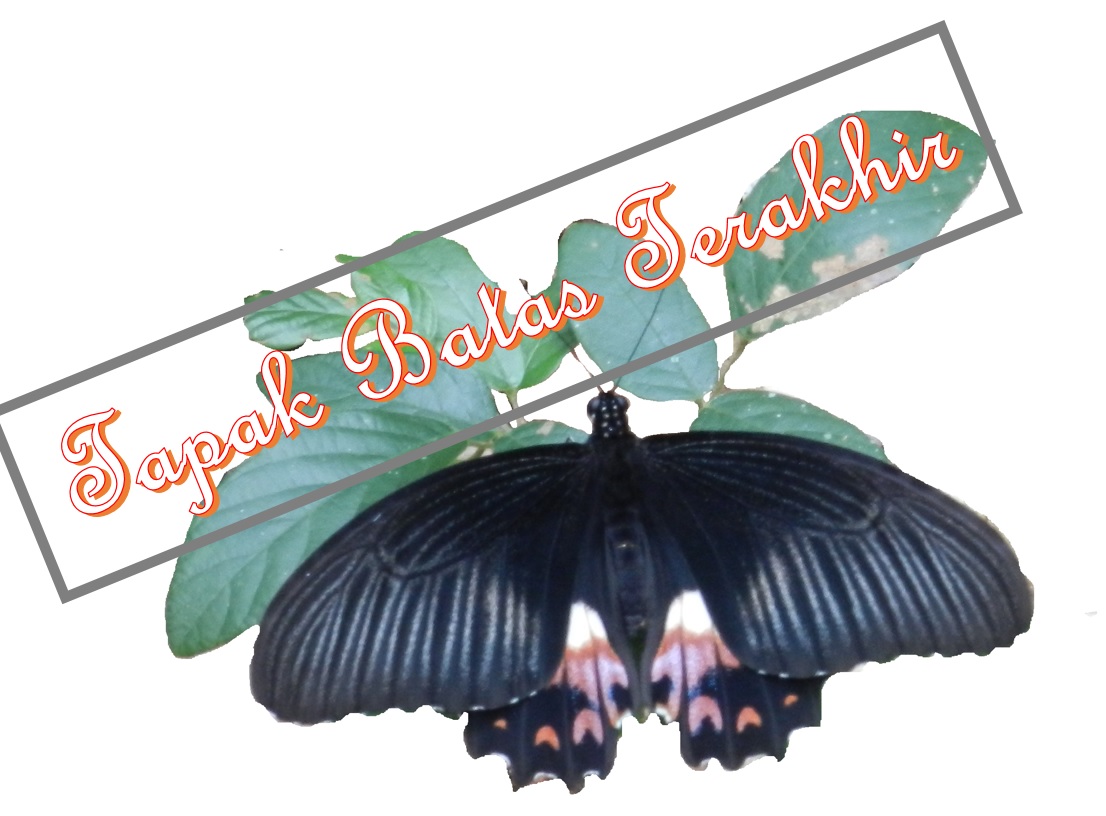Provided the importance of Papua in global forests discussion because it 42 million ha of tropical forests, I was also showed the audience about the challenges in make sure that REDD+ in a perspective of economic benefits will not implicating negatively to the local communities and Indigenous People in Indonesia - Papua. Because there are more than 250 Indigenous Tribes that generation to generation has lived, claim their rights over land and resources and applying sustainable management approaches to the resources they are depending on. Stepping from this facts, Samdhana believe that to makes REDD+ are properly working and benefiting to People, clarification and legal recognition of customary rights in Papua is essential. So customary boundary mappings was introducing and applying to help the communities and local actor to addressing this needs. As follow I shared the keys ideas of how mapping should works in Papua, starting from social mapping process of which consensus among community are achieved through in depth customary discussion an agreement. The technical process of bringing GPS mapping/navigation to maps the agreed territories are applied after social process. At the end the maps should gets final recognition by the government or local authority in the region.
Reflect to the global question of "Will REDD+ (Reducing emissions from deforestation and forest degradation, including conservation, sustainable management and enhancement of forest carbon
stocks) result in the strengthening of the rights of indigenous peoples and forest
dependent communities? or Else its comes and puts community as a victim of concession holder?" the Project in Papua has tried to piloting Community Based Forests Management after Mapping is done. Village Forests Initiative that refer to the Ministry of Forestry Regulation No 49 of 2008 is the example in presented. Cases from Esania - Kaimana, West Papua are describing to helps the audiences getting an updates of this ideas.
In a closing part, I highlighted several major challenges we facing to push any REDD+ and Right related works in Papua. They Includes: (a) How to engage the government institution fully in mapping? (b) How to encourage government to adopt the map into development plan? (c) How to develop customary boundary information system so its transparent and how to integrate it to official land use and forestry maps? and (d) How to strengthen the current institution and develop the system of dynamic dispute resolution mechanism to customary land right problems? All these sets of challenges are the next home works to be addressing.











